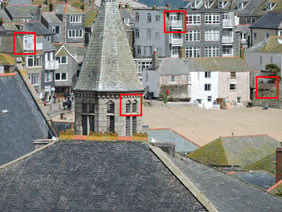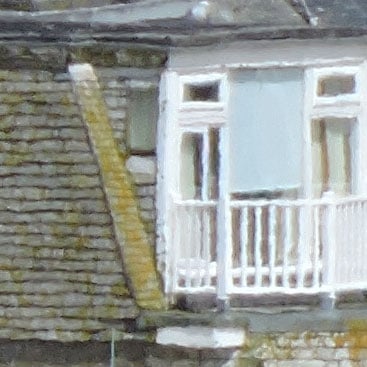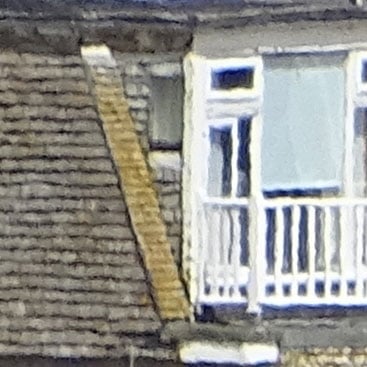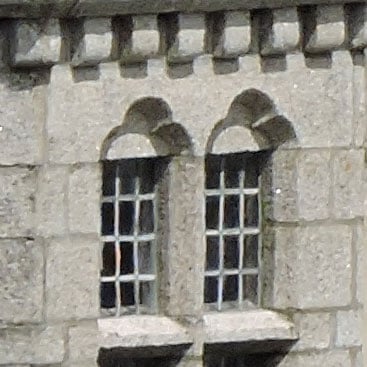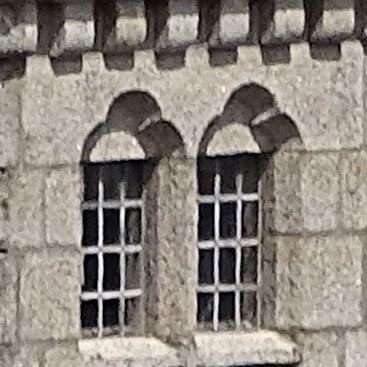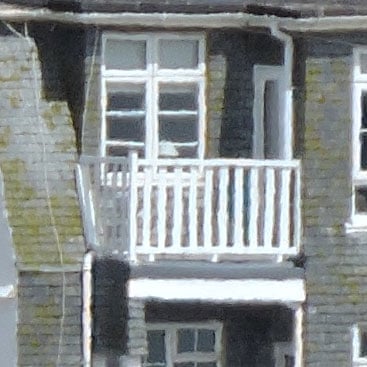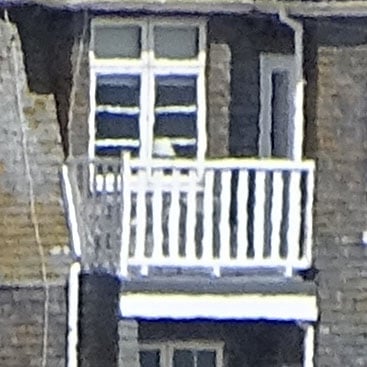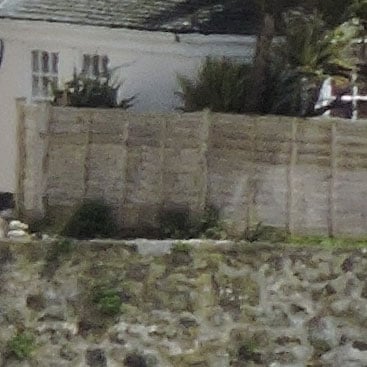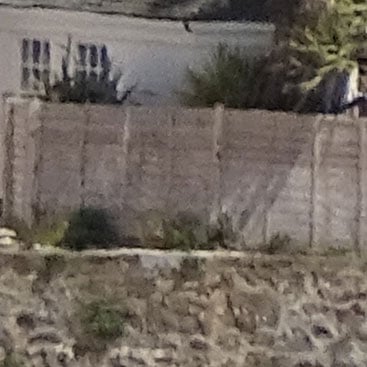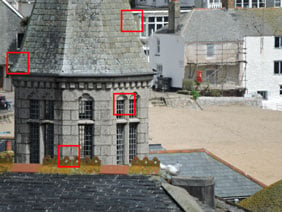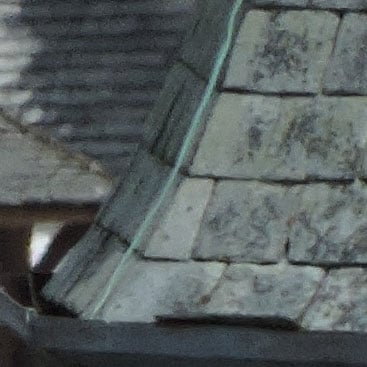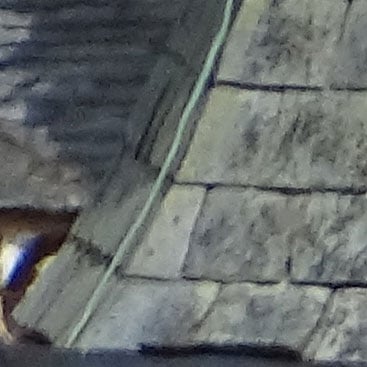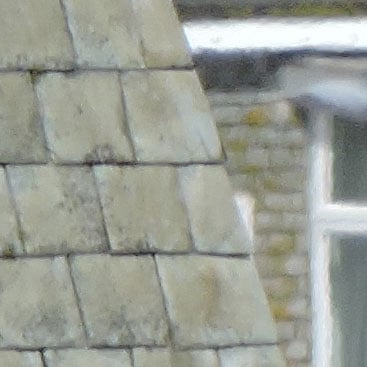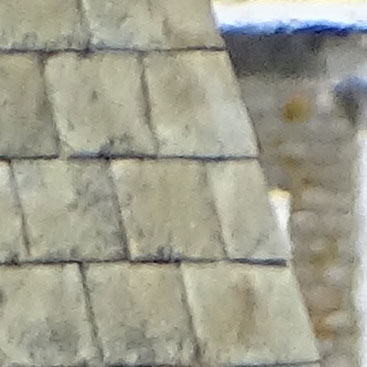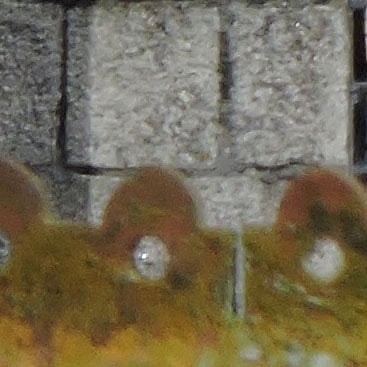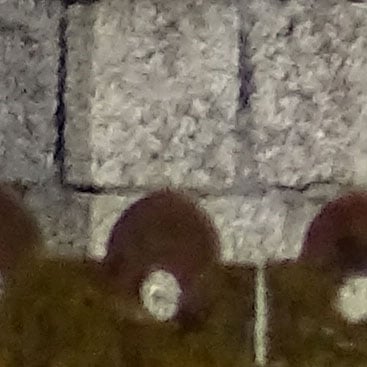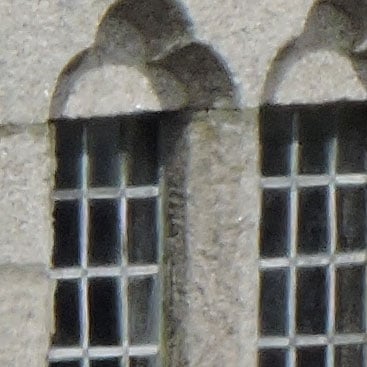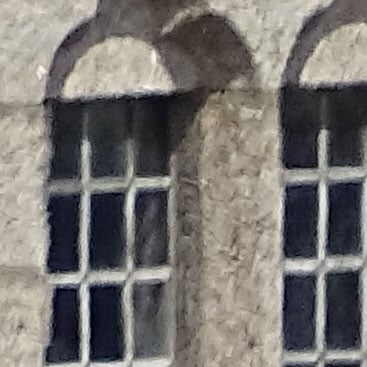Nikon COOLPIX P600 review
-
-
Written by Ken McMahon
Quality
Nikon COOLPIX P600 vs Sony HX400V JPEG
To compare real-life performance I shot this scene with the Nikon COOLPIX P600 and Sony Cyber-shot HX400V within a few moments of each other using their best quality JPEG settings.
Both cameras were set to their maximum wide angle 24mm equivalent focal length.
I’d previously determined the best results on the COOLPIX P600 were produced at the maximum f3.3 aperture, so for this test I set the COOLPIX P600 to f3.3 in Aperture priority mode. The Sony HX400V was set to its maximum aperture of f2.8. For this test the cameras were mounted on a tripod. Image stabilisation can’t be disabled on the HX400V, so was left on the default intelligent Active setting, but was disabled on the COOLPIX P600.
The image above was taken with the COOLPIX P600. The camera was set to Aperture priority mode and at f3.3 with the sensitivity manually set to 100 ISO the COOLPIX P600 selected a shutter speed of 1/1250. The HX400V, set to f2.8 at 80 ISO metered a shutter speed of 1/1600. As usual the crops are taken from the areas marked in red above.
At first glance, crops from the COOLPIX P600 look pretty impressive; for a compact sensor paired with a lens with such a long zoom range you might expect to pick up on something awry, but even the first crop from close to the frame edge looks reasonably sharp and detailed. The P600’s 60x zoom is the first COOLPIX model to use a Nikon super ED lens element which helps to correct for chromatic aberration; it’s certainly done the job as there’s no hint of colour fringing in any of these crops.
The two crops from closer to the centre of the frame are hard to fault, there’s not as much detail in the church tower as you might expect, but this may have more to do with the lighting than lens and sensor performance, it looks like a rogue cloud may have caste a shadow at the moment I took this shot. Otherwise crops two and three show plenty of fine detail with nice clean edges. Finally the fourth crop from the right hand side of the frame is, like the first one, a little softer than those from the middle and suffering from just a little bi of distortion. Overall though, this is a great result for the COOLPIX P600 with consistently good quality right across the frame.
So how does it compare with the Sony HX400V? The first thing to note is that the 16.1 Megapixel sensor in the COOLPIX P600 produces a larger crop area with smaller detail than the 20.4 Megapixel sensor in the Sony HX400V. The first crop from the COOLPIX P600 looks cleaner and more detailed to me. And so does the second one. The COOLPIX P600 has overexposed slightly, so there’s less detail in the highlights, but the edges look crisper to me. Conversely there seems to be less detail in the third crop, but the P600 just edges it in the final one. In practical terms terms this is a small difference which is hard to spot even at 100 percent viewing size, but I think the lower resolution COOLPIX P600 just about wins out.
Scroll down the page to see how these models compare when zoomed in to 600mm and 1200mm equivalent focal lengths. Alternatively, to see how they compare at higher sensitivities check out my Nikon COOLPIX P600 noise results.
Nikon P600 JPEG | Sony HX400V JPEG | |
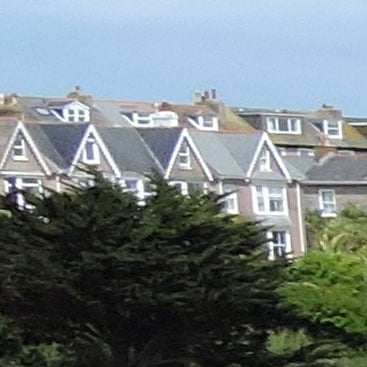 | 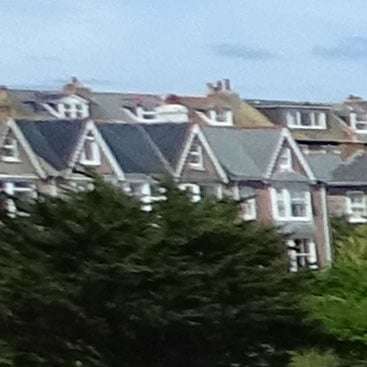 | |
f3.3, 100 ISO | f2.8, 80 ISO | |
 |  | |
f3.3, 100 ISO | f2.8, 80 ISO | |
 |  | |
f3.3, 100 ISO | f2.8, 80 ISO | |
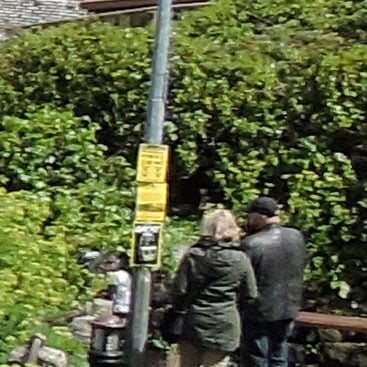 | 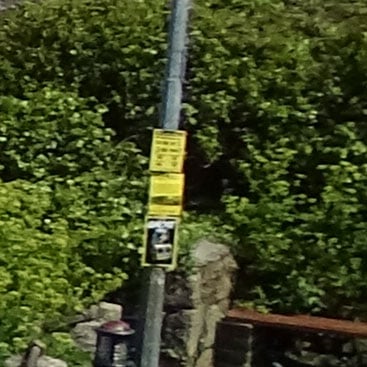 | |
f3.3, 100 ISO | f2.8, 80 ISO |
Nikon COOLPIX P600 vs Sony Cyber-shot HX400V Quality at approx 600mm
For this next test I zoomed both cameras in to an equivalent focal length of around 600mm. At this setting the widest available aperture on both cameras is f5.6. As usual, the crops are taken from the areas marked by the red rectangles above. At 600mm equivalent the COOLPIX P600 loses a little of its definition and sharpness. Fine detail isn’t as clearly resolved as at the 24mm equivalent focal length and high contrast edges are less well defined. As in the previous set of crops, there’s a slight deterioration from the centre to the edge of the frame, but there’s no sign of colour fringing or distortion – compare the sill below the balcony rails in crop three with the Crop form the Sony HX400V. As before, the 16.1 Megapixel sensor in the COOLPIX P600 produces a larger crop area with smaller detail than the 20.4 Megapixel sensor in the Sony HX400V. Despite that, as before, I think there’s marginally more detail in the COOLPIX P600 crops; the detail looks less clumpy, and edges look sharper and straighter. I’ll re-iterate, this is only likely to make a difference at, or close to 100 percent viewing sizes, but the COOLPIX P600 still has the edge. Scroll down further for a comparison at close to 1200mm, or check out my Nikon P600 noise results!
Nikon COOLPIX P600 vs Sony Cyber-shot HX400V Quality at approx 1200mm
For this final test I zoomed both cameras in to 1200mm equivalent – the maximum zoom on the Sony HX400V, but a little short of the COOLPIX P600’s 1440mm maximum zoom. Again, the exposure was left in Aperture priority mode and this focal length the widest available aperture was f6 on the COOLPIX P600 and f6.3 on the HX400V. As usual, the crops are taken from the areas marked by the red rectangles. We’re a little short of the Nikon P600’s maximum 1440mm telephoto focal length here and the quality is holding up well. Compared the the 600mm crops these look a little softer, so again, there’s less detail and the edges are less well defined. At close to the maximum focal length there’s actually very little difference between the quality at the edge compared to the centre of the frame. Once again, I think the Nikon COOLPIX P600’s lower resolution 16.1 Megapixel sensor has a slight quality advantage at this focal length with less noise, clearer image detail and sharper edges. And once again the COOLPIX P600’s lens is free from the colour fringing manifested by the HX400V which you can see in the first two crops. And, of course, this isn’t the end of the line for the COOLPIX P600 which can zoom in a little further to an equivalent 1440mm. Now check out my Nikon P600 noise results.
|
Nikon P600 vs Sony HX400V noise
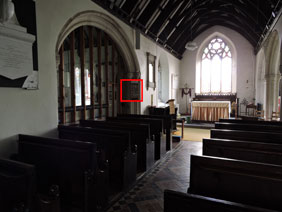
To compare noise levels under real-life conditions, I shot this scene with the Nikon COOLPIX P600 and Sony Cyber-shot HX400V within a few moments of each other using their best quality JPEG settings at each of their ISO sensitivity settings.
Both cameras were set to their maximum wide angle 24mm equivalent focal length.
I’d previously determined that the best results on both cameras were produced with the aperture at its widest setting, so for this test I set the COOLPIX P600 to f3.3 in Aperture priority mode. The Sony HX400V was set to its maximum aperture of f2.8. For this test the cameras were mounted on a tripod. Image stabilisation can’t be disabled on the HX400V, so was left on the default intelligent Active setting, but was disabled on the COOLPIX P600.
The image above was taken with the Nikon COOLPIX P600. The P600 was set to f3.3 in Aperture priority mode and at its base 100 ISO sensitivity setting, selected a shuter speed of 1/4s. At its base 80 ISO sensitivity setting the Sony HX400V metered an exposure of 1/4s at f2.8.
At its base 100 ISO sensitivity setting the crop from the COOLPIX P600 isn’t noise free. You can see noise texture very clearly in the ‘Eucharistic Prayer’ label at the top of the hymn board and noise is also visible in the hymn numbers as well as in the wall to the left.
The step up to 200 ISO sees a quite visible increase in the noise levels, as does the next increase to 400 ISO and already the text is becoming much less legible and edges are looking pretty grungy. At this point, a little earlier in the process than usual, I’ll point out that you need to be pixel peeping 100 percent crops to see these shortcomings, at smaller sizes the COOLPIX P600 results look perfectly fine at these lower ISO sensitivity settings.
By the time we get to 1600 ISO though, we’re on the brink and possibly even past what might be deemed acceptable from a noise quality point of view. You can no longer read the smaller text and even the big numbers are looking ropey. Regardless of the fact the COOLPIX P600 extends to 6400 ISO anything above 1600 is strictly for those must have at any cost shots.
Compared with the HX400V, the COOLPIX P600 gets off to a good start. Just a reminder that the 16.1 Megapixel sensor in the COOLPIX P600 produces crops with a larger area and smaller detail than those from the 20.4 Megapixel HX400V. At its base 100 ISO sensitivity setting the COOLPIX P600 crop compares very favourably with the 100 ISO crop from the HX400V, but I’d say it’s marginally noisier with visible texture in the white label as well as the numbers on the board.
As with the Sony HX400V, as you progress up the sensitivity scale the noise increases very visibly with each 1EV step, but the margin is bigger on the P600 with the result that by 800 ISO there’s a clear gap opening up. Though the P600 has a top setting of 6400 ISO compared with 3200 ISO on the HX400V, beyond the base 100 ISO setting, at each step up the sensitivity scale its results are noisier than the equivalent on the HX400V.
Apart from its superior high ISO noise performance the HX400V has a couple of other tricks up it’s sleeve. Firstly, at the wide angle setting its maximum aperure is a little wider than the P600, so you can shoot with a lower ISO using the same shutter speed in similar lighting conditions. In my test, for example, I was able to shoot at 80 ISO on the HX400V compared with 100 ISO on the P600 using the same shutter speed (even then, the P600 crops are slightly darker).
Secondly, the HX400V has a raft of composite modes that produce lower noise results at high ISO settings. The most useful of these is Multi Frame Noise Reduction which allows you to set the ISO manually from 100 to 12800. For comparison purposes I’ve shown a crop at the end of the table using MFNR at 3200 ISO as well as the HX400V’s Hand held Twilight mode which sets the ISO automatically. Maybe Nikon should consider extending the P600’s composite Backlight mode to provide a low noise composite option like Sony’s.
Now head over to my Nikon COOLPIX P600 sample images to see some more real-life shots in a variety of conditions, or head straight for my verdict.
Nikon P600 JPEG | Sony HX400V JPEG | |
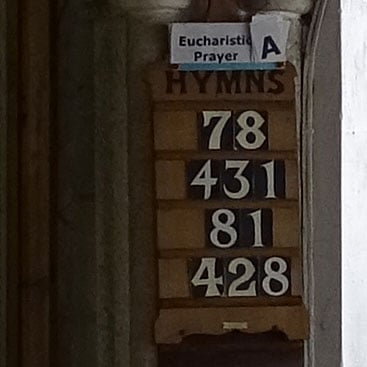 | ||
80 ISO Not available | 80 ISO | |
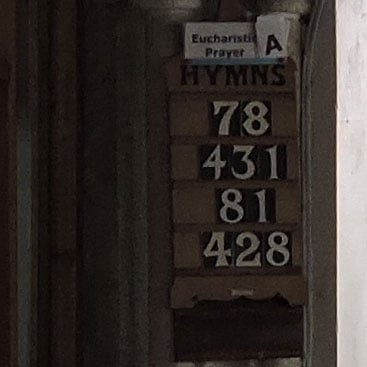 | 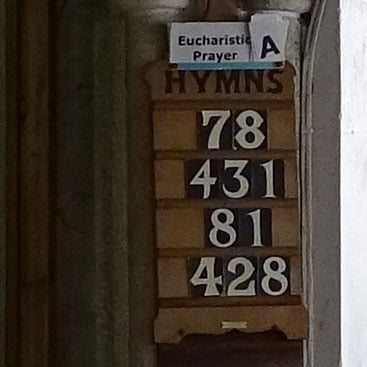 | |
100 ISO | 100 ISO | |
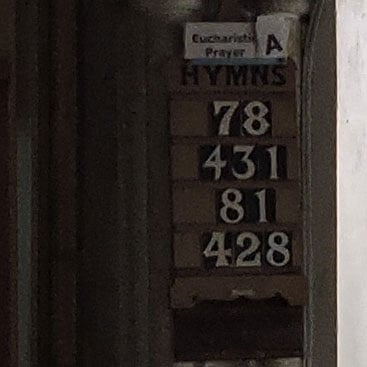 | 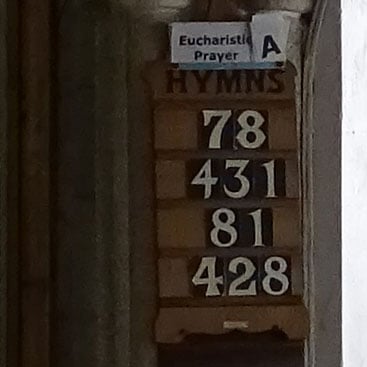 | |
200 ISO | 200 ISO | |
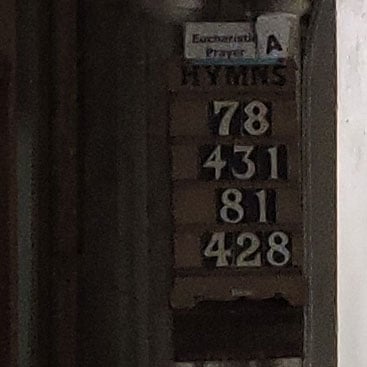 | 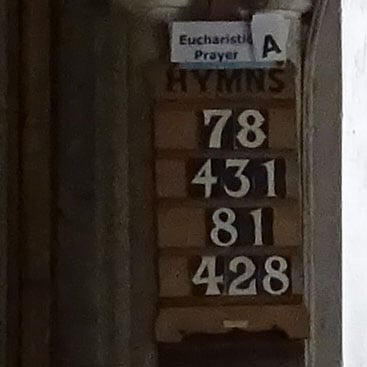 | |
400 ISO | 400 ISO | |
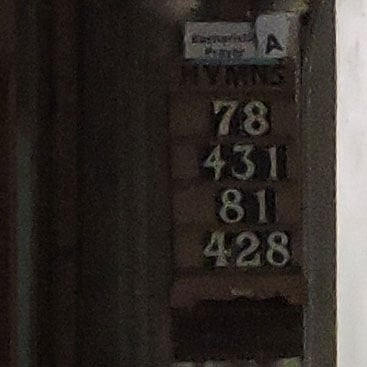 | 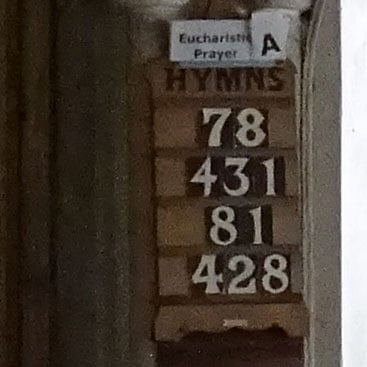 | |
800 ISO | 800 ISO | |
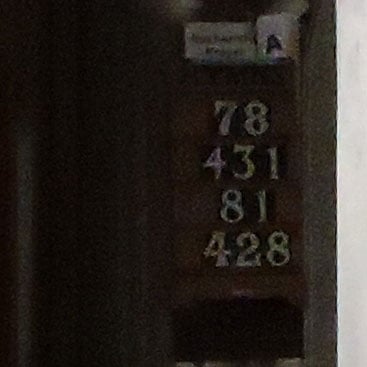 | 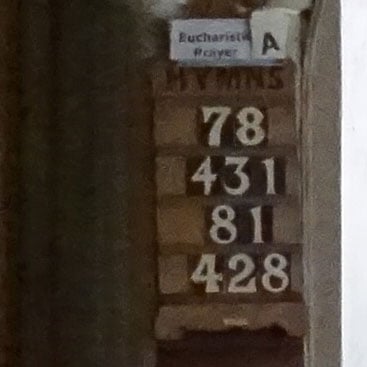 | |
1600 ISO | 1600 ISO | |
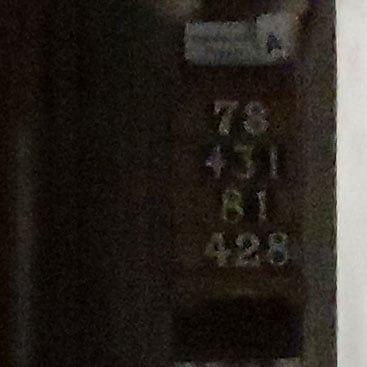 | 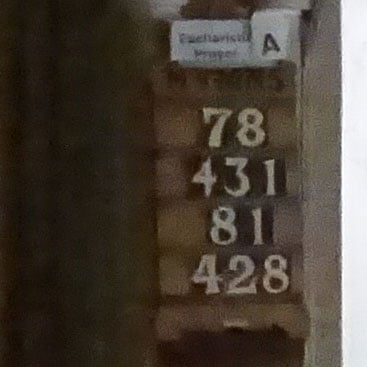 | |
3200 ISO | 3200 ISO | |
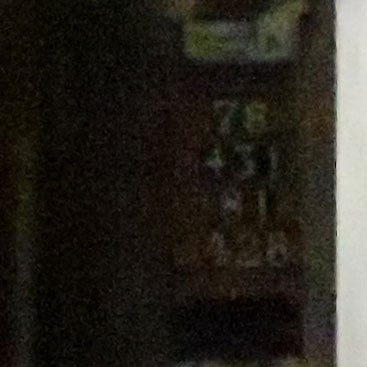 | ||
6400 ISO | 6400 ISO Not available | |
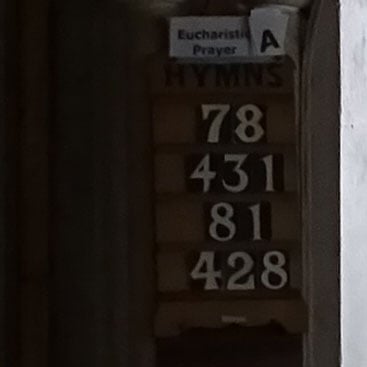 | ||
Not available | Hand held Twilight 320 ISO | |
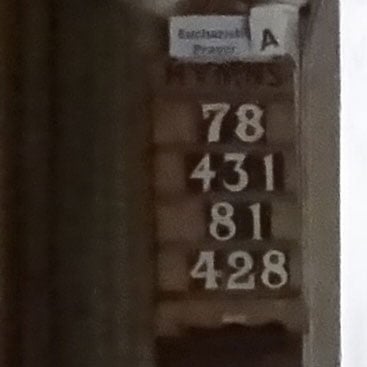 | ||
Not available | MFNR 3200 ISO |
